Advertisements
Advertisements
Question
A(8,2) and B(6,4) are the vertices of a figure which is symmetrical about x = 6 and y = 2. Complete the figure and give the geometrical name of the figure.
Solution
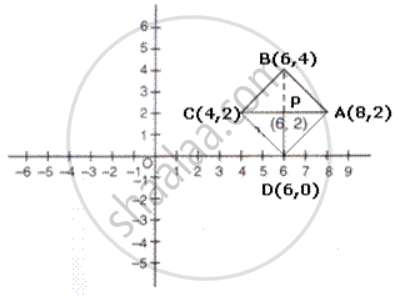
Steps of construction:
(i) Plot the point A and B on the graph.
(ii) Plot point P whose vertices are x = 6 and y = 2. Pis the point of symmetry.
(iii) Point symmetric to A(8,2) in the line x = 6 is C( 4,2)
(iv) Point symmetric to B(6,4) in the line y = 2 is D(6,0)
(v) Join AP, PC, BP and PD.
Since BD = 4,
AD = `sqrt ((8 - 6)^2 + (2 - 0)^2) = sqrt (2^2 + 2^2) = sqrt (4 + 4) = sqrt 8`
AB = `sqrt ((8 - 6)^2 + (2 - 4)^2) = sqrt (2^2 + (-2)^2) = sqrt (4 + 4) = sqrt 8`
∴ BD2 = AD2 + AB2
`4^2 = (sqrt 8)^2 + (sqrt 8)^2 `
16 = 8 + 8
16 = 16
∴ ∠ BAD = 90°
Clearly AB=BC=CD=DA ,∠ BAD = 90° and AC and BD bisect each other at right angles 1 therefore ABCD is a square.
APPEARS IN
RELATED QUESTIONS
By drawing a freehand sketch of the following, draw the line (s) of symmetry, if any:
a kite-shaped figure triangle
In each of the figure below, state the number of axes of symmetry, if any.
A quadrilateral ABCD has exactly one axis of symmetry, which is not a diagonal. Show that the quadrilateral is an isosoeles trapezium.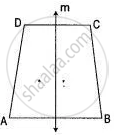
Draw the axes of symmetry of the figure below. Which of them has more than one axis of symmetry?

Draw the mirror image: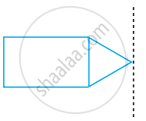
Draw the mirror image:
The king had many such lockers with different handles. Check if, on giving them half a turn, he can get confused with these too.
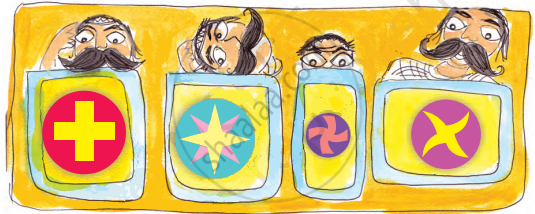
- What will you do to solve the problem for each of these?
Give half a turn to the numbers from 0 to 9. Find which of them still looks the same.
Trace figure. Then draw all lines of symmetry, if it has.
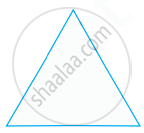
The flag of Japan is shown below. How many lines of symmetry does the flag have?

